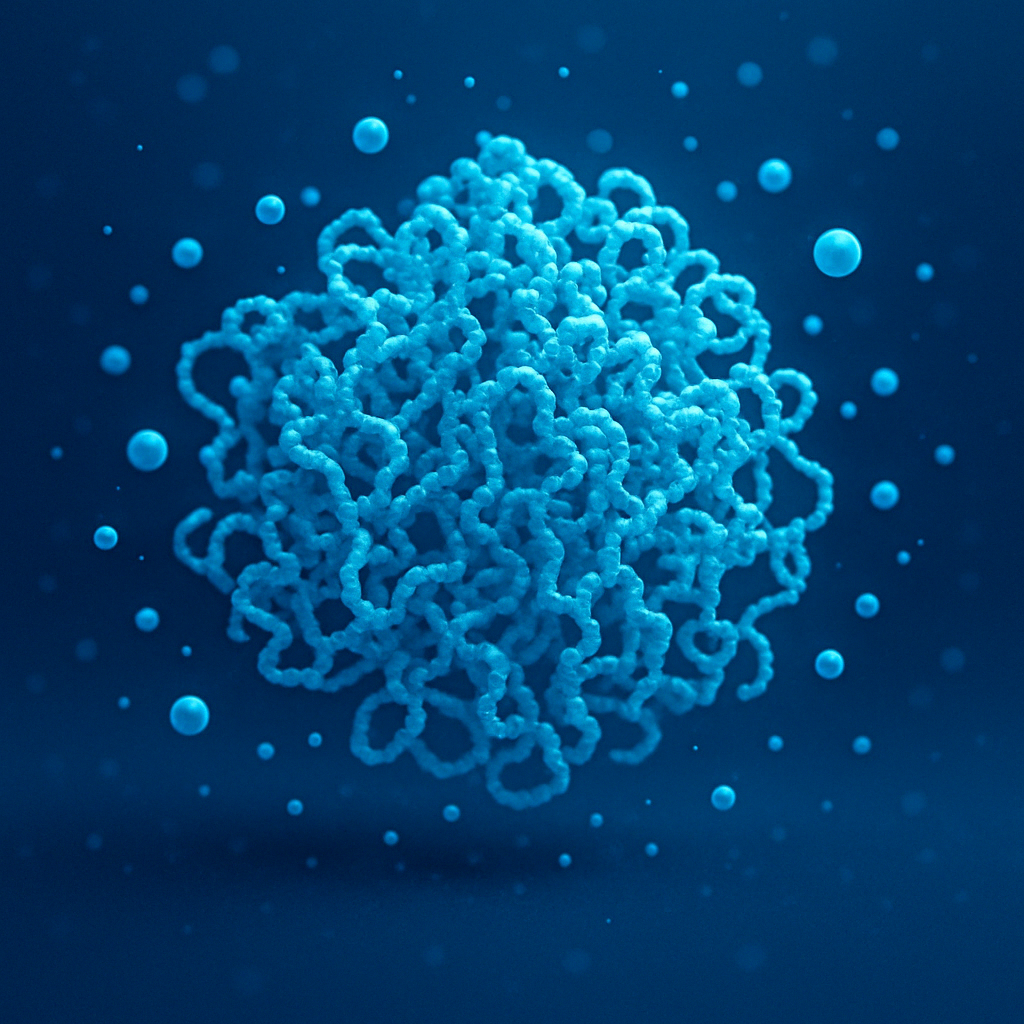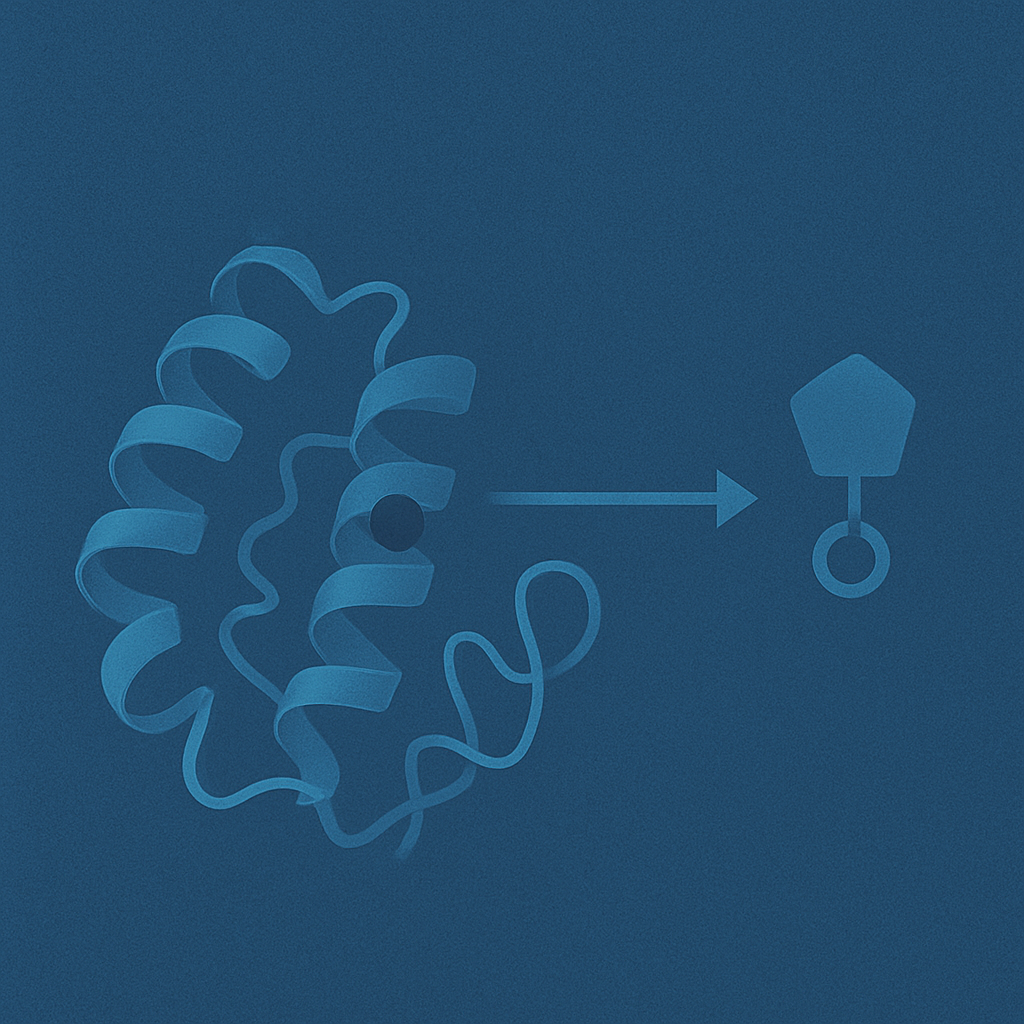Services

Molecular Dynamics Simulations
At code2fold, we run molecular dynamics (MD) simulations on nanosecond to microsecond timescales to explore time-dependent conformational changes in biomolecules. These simulations provide a dynamic picture of protein flexibility, stability, and folding, allowing researchers to go beyond static structures. Our workflows are optimized for high-resolution insights, making MD an essential tool in studying drug interactions, mutation effects, and protein dynamics under physiological conditions.
Hydrogen Bonding & Secondary Structure Analysis
Understanding the hydrogen bonding network and secondary structure evolution is key to unraveling protein folding mechanisms and stability. We track intra- and intermolecular hydrogen bonds, as well as changes in α-helices and β-sheets, throughout the simulation trajectory. At code2fold, we provide precise, frame-by-frame analysis to help researchers interpret the structural integrity and functional evolution of biomolecules.

RMSD Analysis
Root Mean Square Deviation (RMSD) is a cornerstone metric in structural bioinformatics. It quantifies the global structural drift of a molecule during a simulation, offering insights into its equilibration and stability. We apply RMSD analysis to validate structural convergence and detect major conformational shifts, providing our clients with clear indicators of structural reliability over time.
RMSF Analysis
Root Mean Square Fluctuation (RMSF) analysis reveals residue-specific flexibility patterns across the simulation time. This helps identify flexible loops, rigid domains, or functionally important mobile regions. At code2fold, we integrate RMSF data with functional and evolutionary contexts, enhancing the interpretability of dynamic behavior at the residue level.

Structure-Based Mutational Analysis
Mutations can have profound structural effects, and our structure-based mutational analysis evaluates these effects computationally. Through site-directed mutagenesis simulations, including alanine scanning and phosphomimetic substitutions, we assess the impact of each mutation on protein conformation and stability. code2fold offers a powerful way to prioritize mutations for experimental validation or therapeutic targeting.
PCA & Dynamic Cross-Correlation Matrix (DCCM)
Large-scale motions in proteins often underpin their function. We perform Principal Component Analysis (PCA) and Dynamic Cross-Correlation Matrix (DCCM) evaluations to reveal these motions and correlated residue fluctuations. These advanced tools uncover hidden dynamic patterns, enabling clients to understand allosteric regulation, inter-domain communication, and mechanistic transitions.

Solvent Accessible Surface Area (SASA)
Understanding how a biomolecule interacts with its environment is critical. Our SASA analysis quantifies how much of the biomolecule’s surface is exposed to solvent, identifying buried vs. exposed residues. This is crucial for evaluating hydrophobic core integrity, ligand binding sites, and mutation-induced surface changes. code2fold provides high-resolution surface profiling to guide drug design and protein engineering efforts.
Radius of Gyration
Radius of gyration is a measure of protein compactness, especially relevant during folding and unfolding processes. We calculate this parameter to assess domain compaction and structural collapse during simulation. At code2fold, we use radius of gyration data to complement folding pathway analysis and to interpret the effects of environmental changes or mutations on structural organization.

